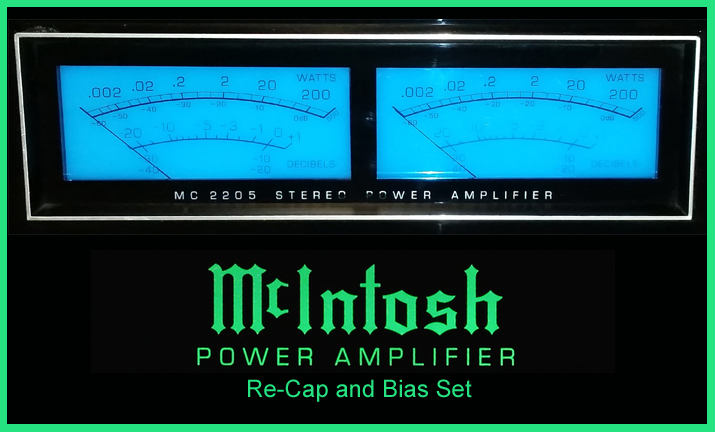

![]()
Problems and Complaints:
1). A bad imbalance between left and right channels.
2). Reduced bass and treble response.
3). It has a "flat" sounding dynamic range.
4). It has burnt-out indicating lamps.
![]()
Due to the age of the amplifier and the problems it was exhibiting,
it was time for a fairly extensive service. To me, it is just to nice of
an amplifier to let it stay in this condition. I can't afford to have it
repaired, so here we go . . . . .
![]()
First, lets see what makes it tick by making up
a schematic chart to navigate by.
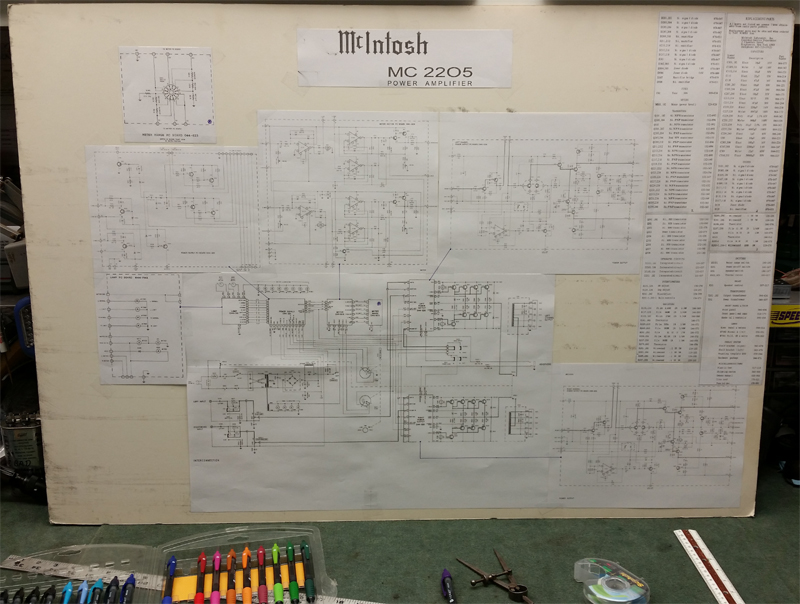
![]()
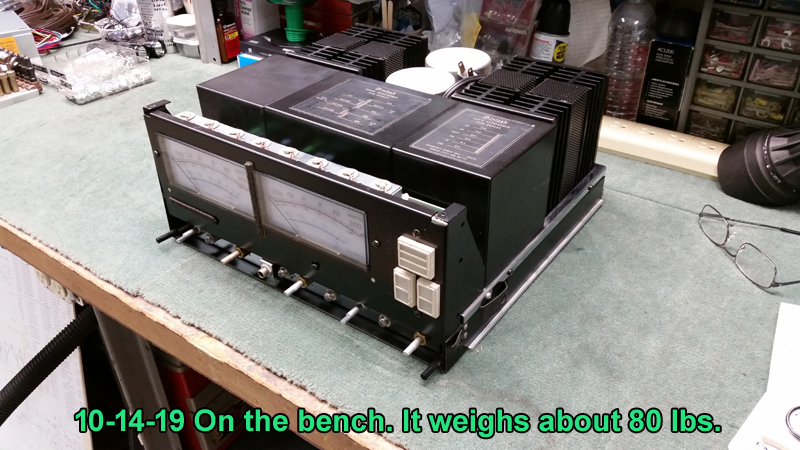
I changed out all the lamps at this time. 7 were solder-in.
(Thanks Ray and Mike for helping me lift this thing).
![]()
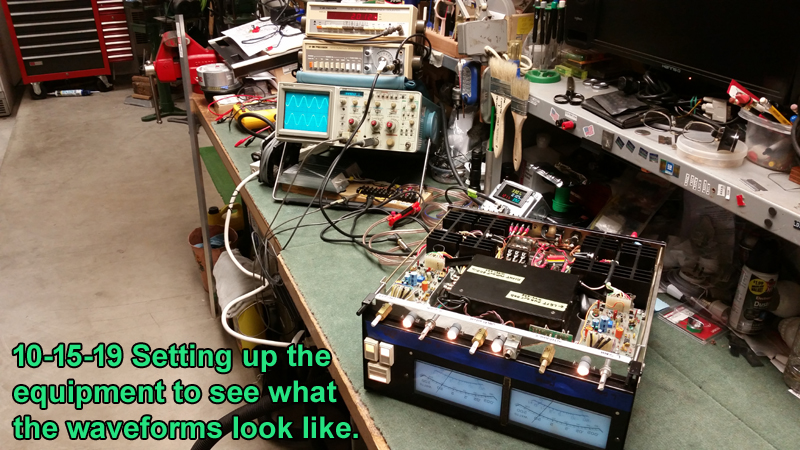
![]()
Waveforms before capacitor change-outs.
They actually look pretty good.
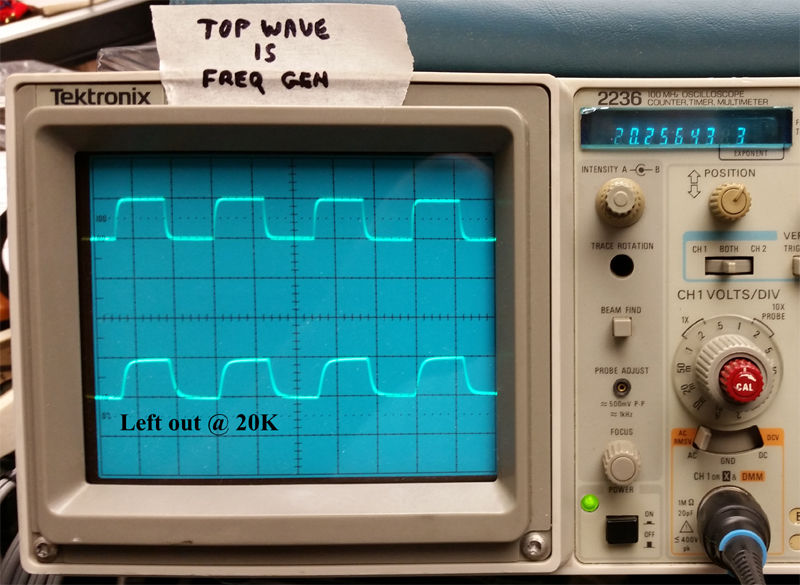
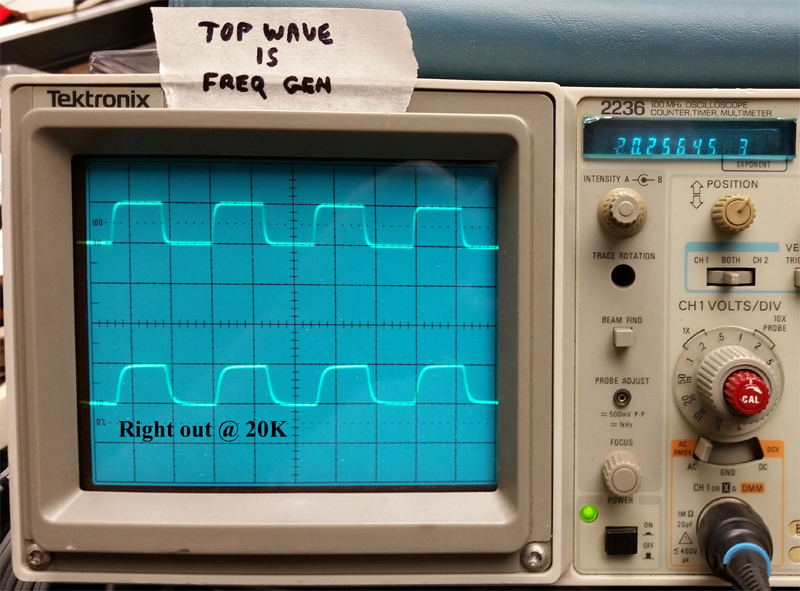
![]()
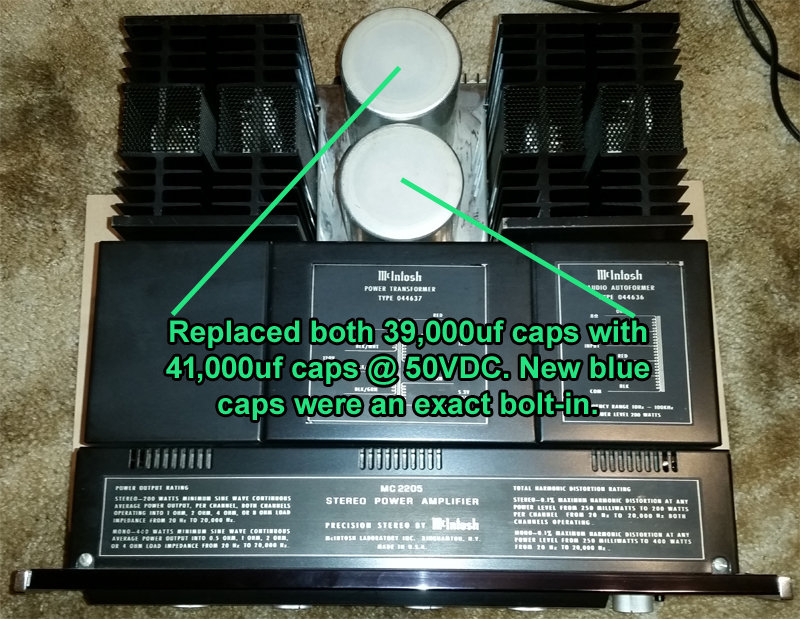
![]()
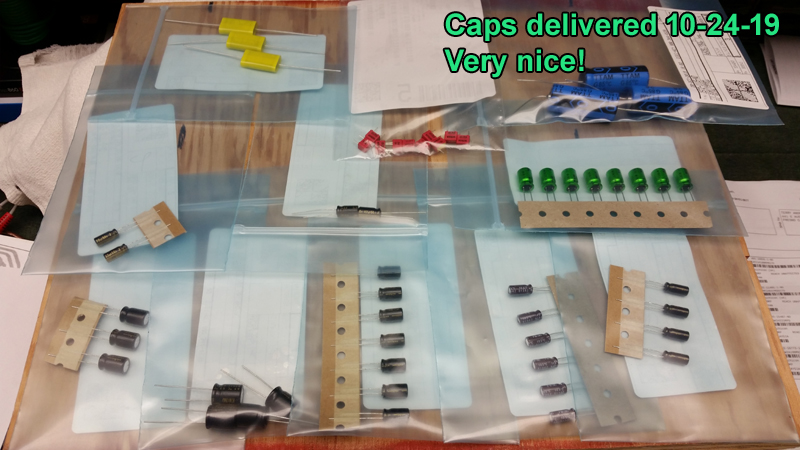
(I did a TON of research to get to this point.)
Now the fun can begin.
![]()
Board Locations


![]()
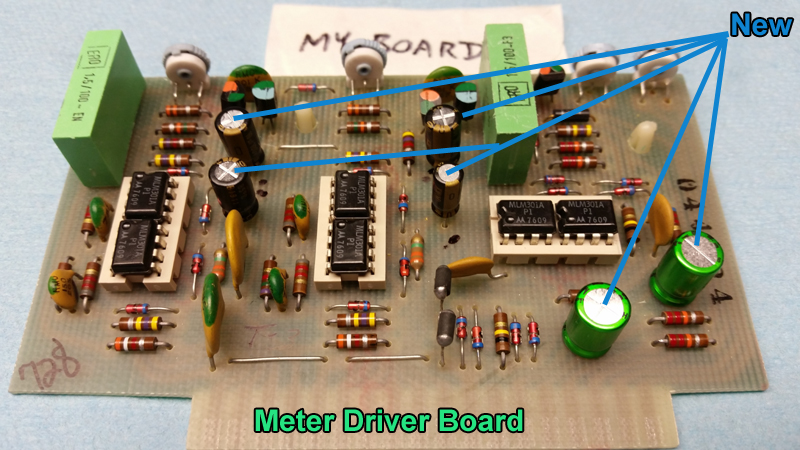
![]()
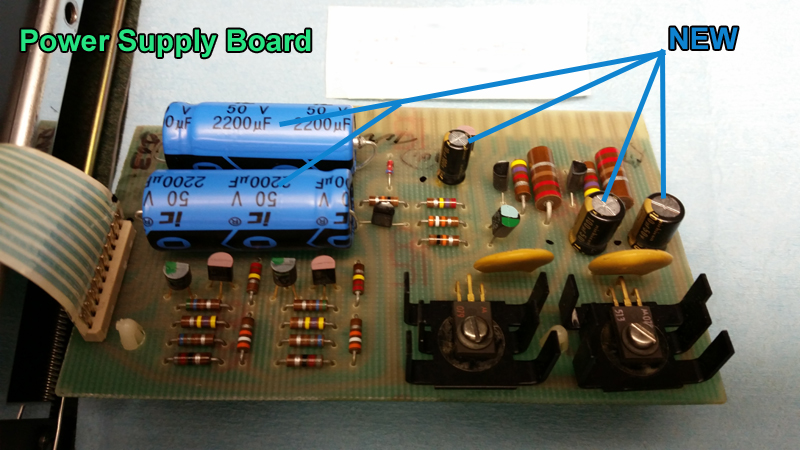
![]()
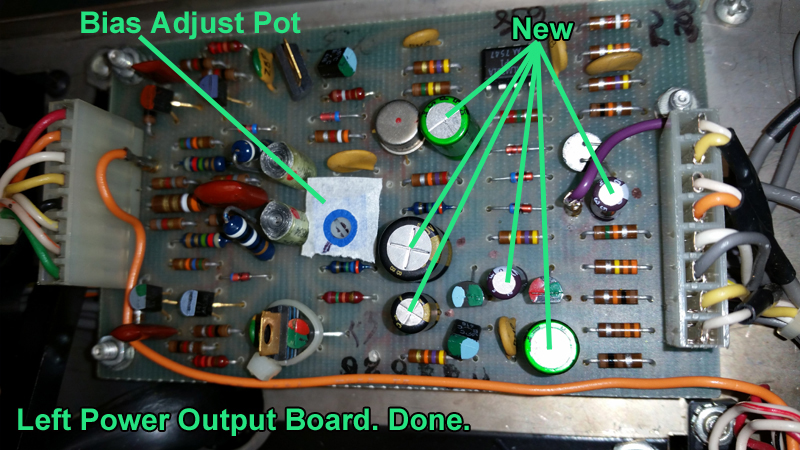
![]()
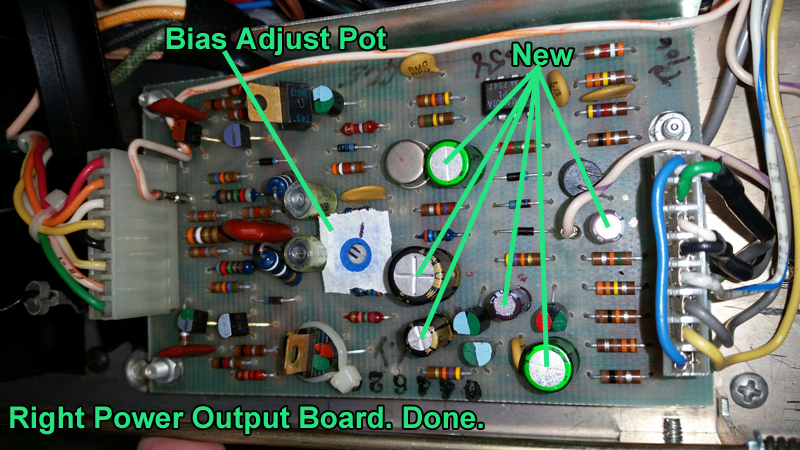
Bias adjustment: On both boards above, the tick mark on the tape
is the factory setting. The mark on the pot adjust slot is the new
setting. All adjustments done following the factory service manual.
Both pots were turned down by that amount. Running between
2 -20 Watts (normal listening level) the sinks stay cold.
![]()
![]()
A lot of people on the internet were touting the use of Film &
Foil caps anywhere in the direct signal path. Being the skeptic
I am, I also ordered regular electrolytics along with the Film &
Foil caps. Why? The below waveform speaks for itself.
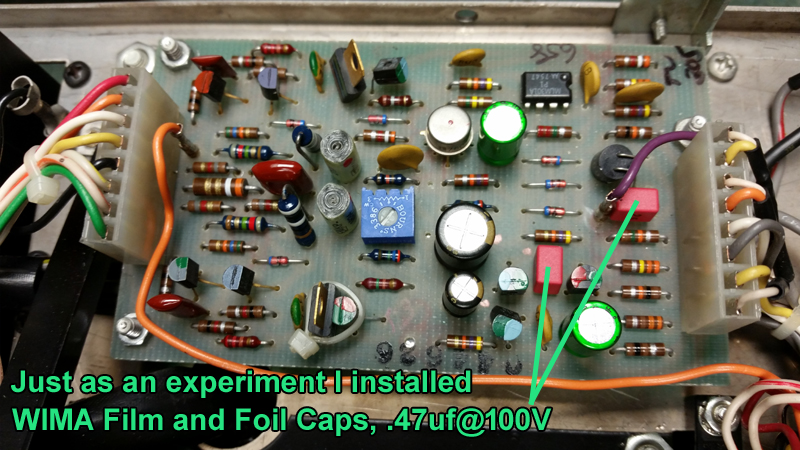
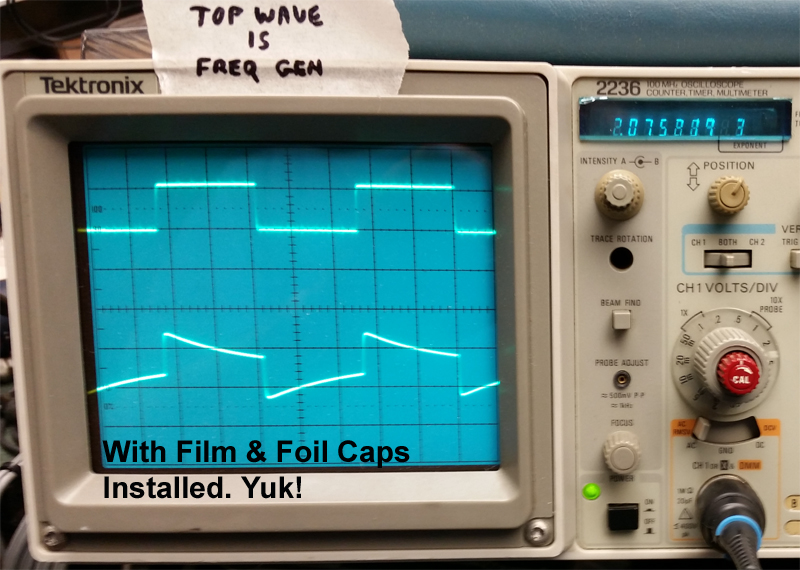
NOPE. I don't think so! Glad I bought the Electrolytics.
![]()
![]()
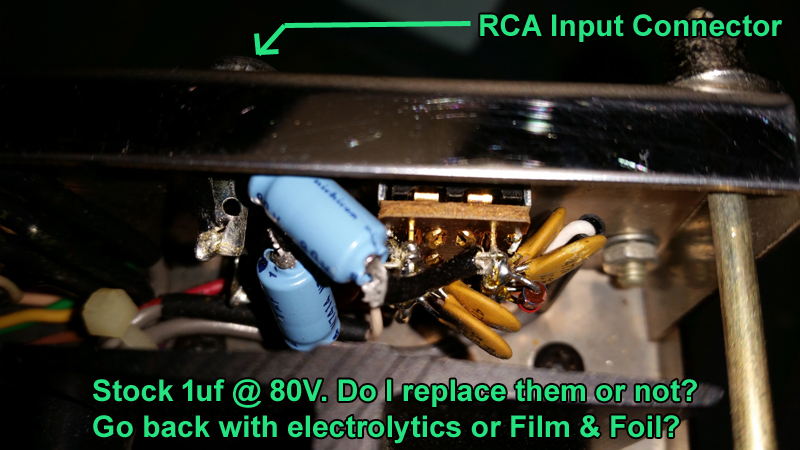
This is a difficult space to work in, so I ran an experiment
to see if changing these caps would be worth it. I decided
to give the Film & Foil caps another try. So I made up a
test system to do "A to B" testing. The difference between
the electrolytics and the Film & Foil caps was very
noticeable through my Headphones. So now I had to change
them out. Results are pictured below:
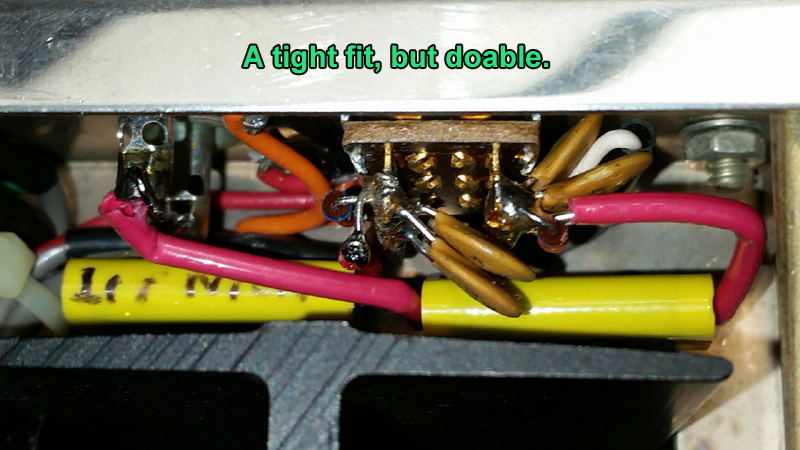
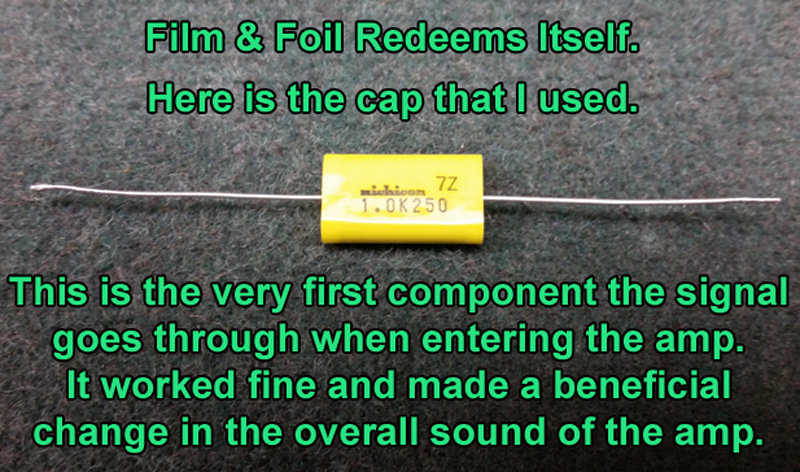
![]()
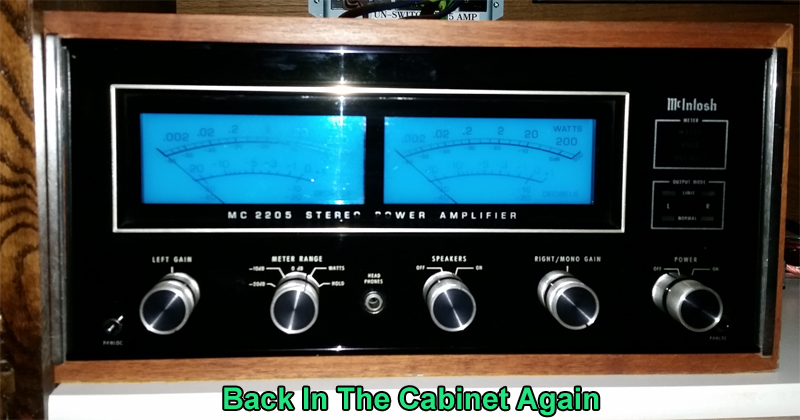
It Cleaned Up Really Great.
![]()
Overall results:
The wave forms cleaned up somewhat. The upper freq response
does not reduce in P-P readings until about 65KHz, where
before it reduced at about 40KHz. The bass response waveform
also cleaned up somewhat.
Listening to the amp. (Through my speakers).
The actual overall sound of the amp has cleaned up very well.
The bass is lower and is more prevalent.
The highs and midranges sound smoother and have increased
in clairity and frequency response. I am hearing upper frequency
nuances I did not hear before from the ribbon tweeters.
The "stage" has increaed also, to include its depth and height
as well as left to right imaging. Individual voices and instrument
placement has improved also.
Was all this effort worth it? YOU BET !
![]()
![]()
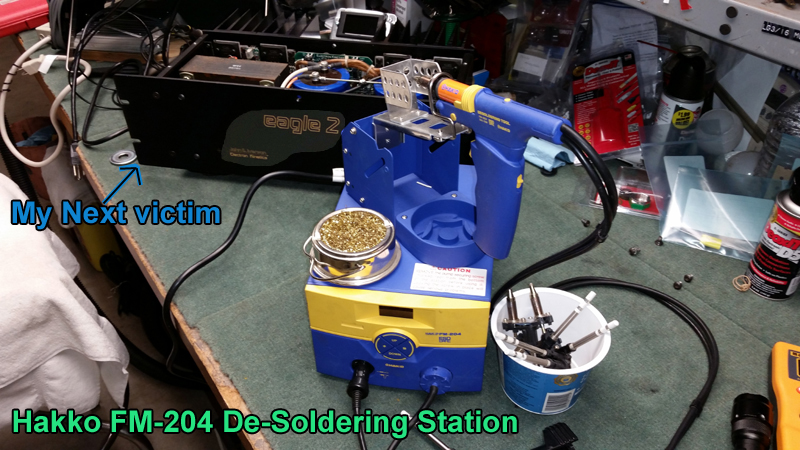
A very big "key" piece of gear that allowed me to do a
proper job in changing out all these caps. Hakko, an extremely
great tool to have.
Thanks Larry for loaning me your Hakko.
![]()
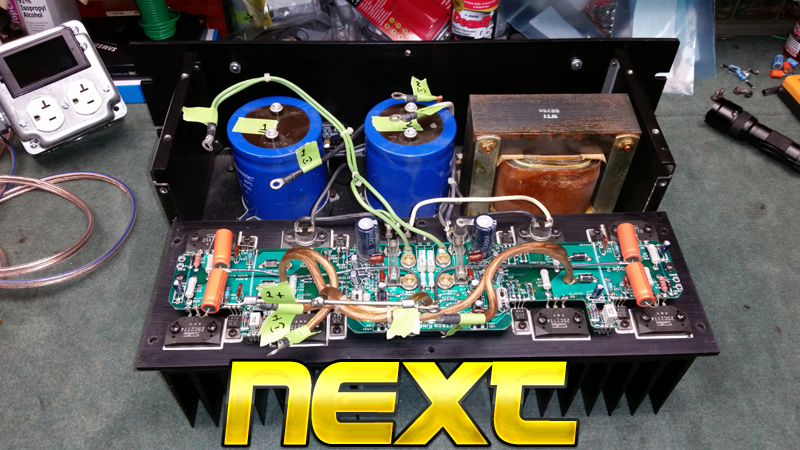
![]()